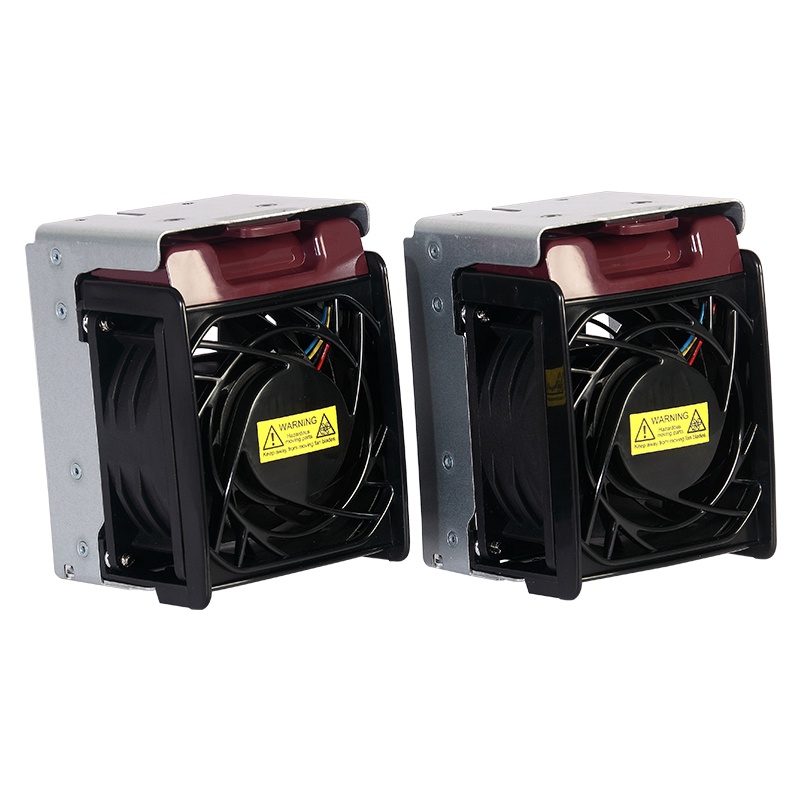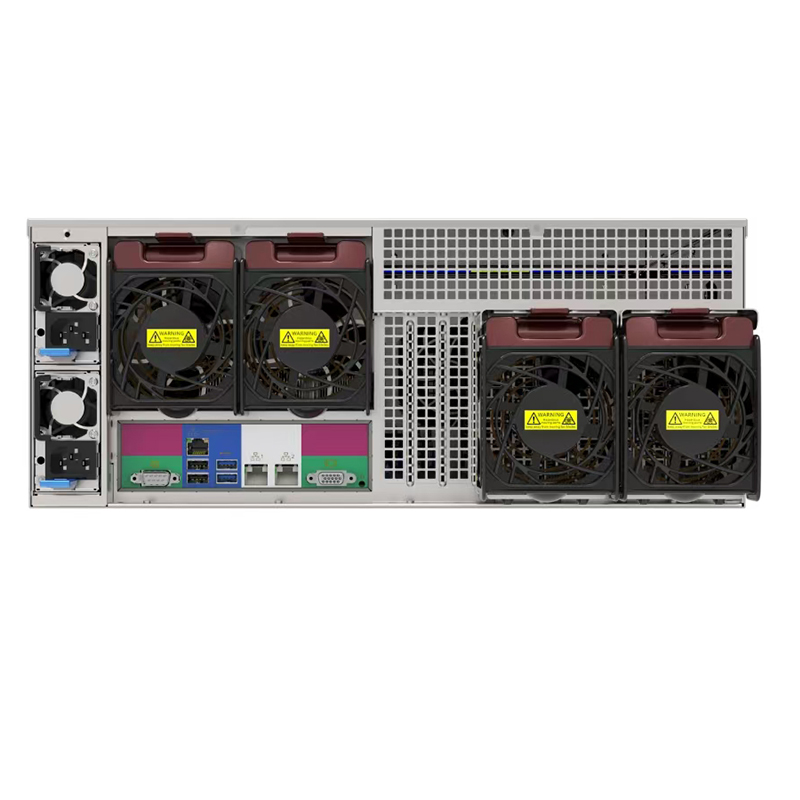In the world of high-performance computing, GPU servers are like the unsung heroes behind some pretty incredible innovations — from AI breakthroughs to deep data dives. At the core of these machines, managing heat properly is super important if you want everything to run smoothly and reliably. That’s where the rear radiator fan comes into play. Think of it as the backbone of your server’s cooling system — it keeps all those vital components happy and working by quickly and effectively blowing out the heat. Not only does this protect your hardware, but it also helps extend the overall lifespan of your server, so you can rely on it for the long haul when tackling heavy-duty tasks.
 What’s really cool is how the rear radiator fan isn’t just a random part — it’s a finely tuned piece of your server’s puzzle. Designed to optimize airflow, it swiftly gets rid of heat, keeping temperatures in check and stopping that annoying slowdown (you know, when performance drops because things are getting too hot). Maintaining a steady, cool environment means your GPU servers can stay up and running even under stress, which is a huge deal especially when you’re pushing them through demanding workloads. For companies that depend on continuous, efficient data processing, investing in a high-quality cooling setup — like a solid rear radiator fan — is pretty much non-negotiable.
What’s really cool is how the rear radiator fan isn’t just a random part — it’s a finely tuned piece of your server’s puzzle. Designed to optimize airflow, it swiftly gets rid of heat, keeping temperatures in check and stopping that annoying slowdown (you know, when performance drops because things are getting too hot). Maintaining a steady, cool environment means your GPU servers can stay up and running even under stress, which is a huge deal especially when you’re pushing them through demanding workloads. For companies that depend on continuous, efficient data processing, investing in a high-quality cooling setup — like a solid rear radiator fan — is pretty much non-negotiable.
If you’re serious about squeezing the best performance out of your servers, choosing one with an excellent rear radiator fan is a smart move. It not only keeps temperatures under control but also cuts down on energy costs required for cooling — saving you money and helping your data center go greener. Knowing your GPUs stay cool and operate efficiently? That’s peace of mind you can’t put a price on. Basically, getting the right mix of power and efficiency in your server setup can take your operations to the next level. When you focus on smart design and quality components, you’re setting your business up at the forefront of tech and innovation.

Post time: Sep-29-2025

